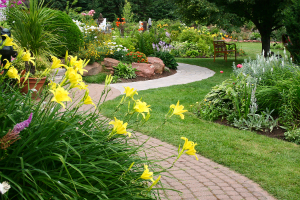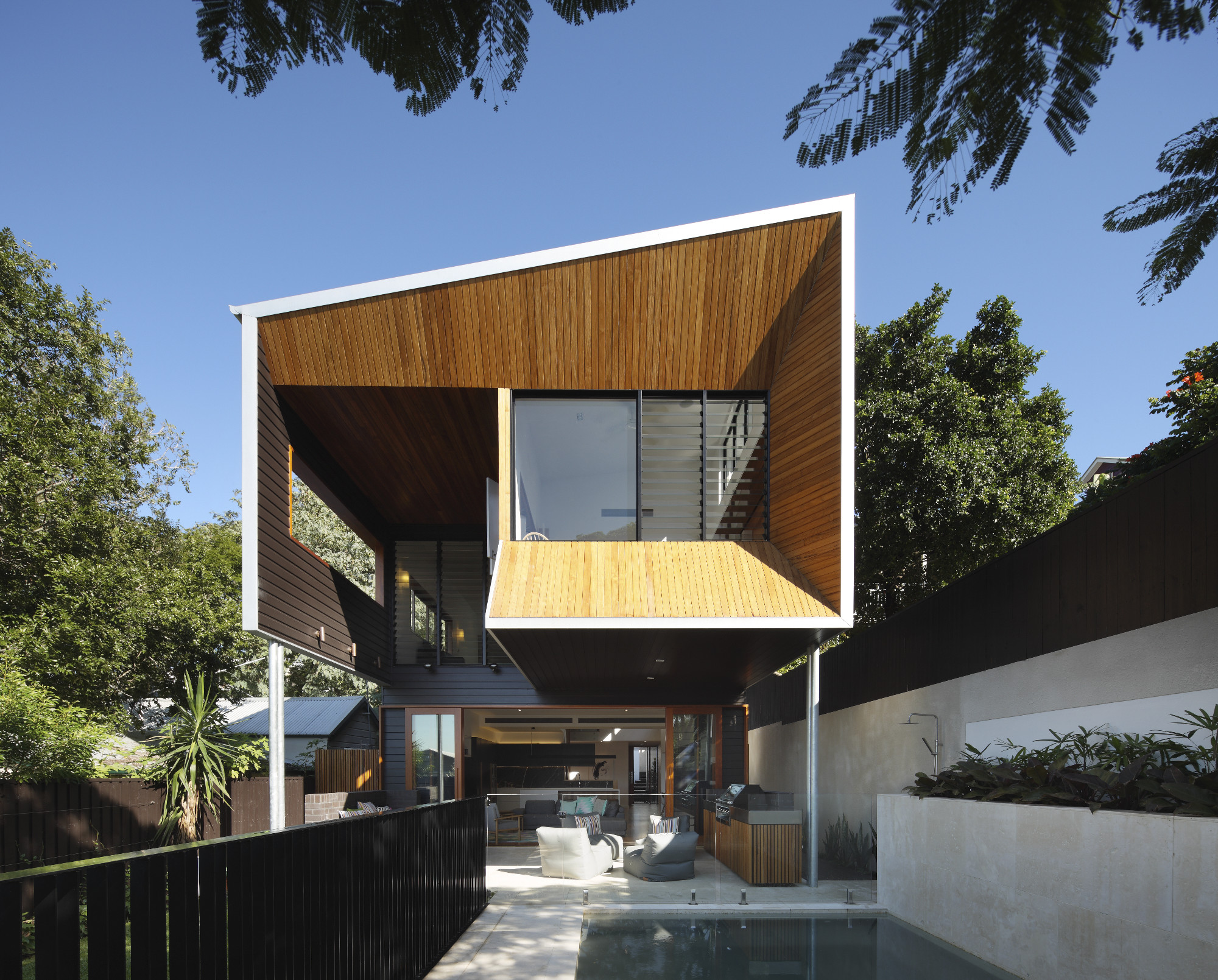Unless you have an absolutely level site, chances are you’ll need some type of retaining wall
Story: Chris Maher
Retaining walls help you move from one level to another. They may be no larger than a couple of brocks high, making a step along a gently sloping yard. At the other extreme they can hold back swimming pools or be used to terrace radically steep blocks.
Level space isn’t the only reason for building retaining walls, but there certainly is something to be said for having room for playing games with the kids or being able to put up an outdoor setting to enjoy al fresco dining.
A level garden is also good for the resale value of your property as a sloping yard can be a big turn-off for some buyers. On the other hand, if your garden is simply too flat and uninteresting, retaining walls can be used to create raised garden beds, adding dimensional change and contours to please the eye.
Retaining walls are not simple boundary walls built to keep the nosey neighbours out, they actually hold something back — most commonly earth, but depending on site requirements it may be loose or compact fill or perhaps even garden soil and mulch.
They must be structurally sound and all but the lowest walls should be erected by a licensed contractor. ‘Structural’ walls are generally walls over half a metre high or those that support heavy loads, such as traffic, driveways or sloping backfills. In most cases, your local council will require that these be designed by an engineer. Your contractor will be able to let you know if your wall does need an engineer’s design and should be able to put you in touch with an one. However, the engineer will only design for strength, you will also need a landscape designer or landscape architect to look at the way the wall complements the rest of the layout.
Another reason for using a contractor is that they can handle the other important element of building a retaining wall — drainage. A poorly drained retaining wall can create waterlogged garden beds, ensuring plants will never thrive. The extra water also adds weight and pressure to the wall, eventually causing the wall to crack or even collapse. A licensed contractor will know all the drainage pitfalls that a lay person may not consider.
There is a wide range of useful walling methods you can use and the one you choose will depend on what you need to hold back, the style of your property and existing landscaping, and how high you need to go.
Formal homes with structured landscaping are well-suited to brick retaining walls. These can be rendered and painted to match the colour of the home, working especially well with Tuscan and Mediterranean styles.
Brick walls generally need to be built into concrete footings, creating a cantilever to keep them upright. Other walls may use gravity to hold themselves in place and for that reason the walls are angled into the mass they are holding up. Dry stone walling is one example of a gravity wall.
Bush, colonial and country-style settings are ideal for dry stone walling, using bush rock in a seemingly casual but structurally sound manner. This type of walling has been used for centuries in other parts of the world, including Britain, where the dry stone walls run for kilometres across rich-green pastures, many dating back to medieval and even Roman times. With an appropriate gravel or crushed rock base, dry stone walls can also withstand considerable settling.
Log walls are popular because they are relatively easy to put together and complement timber homes. Timber crib walls use sawn timber laid in a hatch pattern. These walls are very light and relatively easy to construct. All timber used for retaining walls must be treated as it is in contact with the ground (making it open to termite attack) and at the mercy of the elements.
Sleeper walls have a casual appearance and go well with bush gardens. They can also be used for setting up vegetable gardens or creating a no-dig garden, where you set up a raised box of sleepers and fill it with compost, hay and soil until you have a raised garden bed. You should use treated pine sleepers or concrete sleepers because ordinary railway sleepers will rot easily and can become infested with termites.
There are now many modular wall systems available. However, just because they are designed partly with DIY in mind doesn’t mean you need to install them yourself if you don’t feel confident or if the wall is going to be high or holding back a heavy mass.
Many of these modular walls ‘clip’ together with lugs on the top and underside of each block, though they need reinforcement of they are to go over a certain height.
While they are mostly made from concrete, many come with attractive faces to replicate the look of sandstone or other stone and can be curved or even made into circular garden walls.
Retaining walls can also be used for erosion control if you have a steep site where run-off is stealing away your valuable soil. If this is the case, you should look to a landscape contractor with experience in erosion control to ensure all aspects are covered properly.


